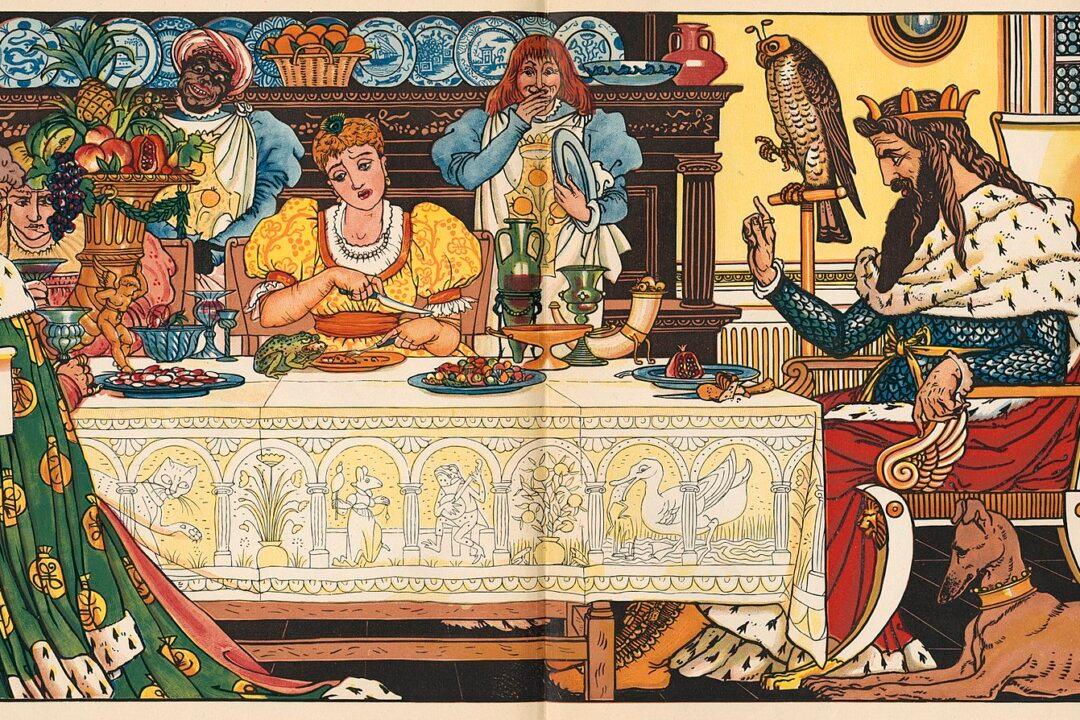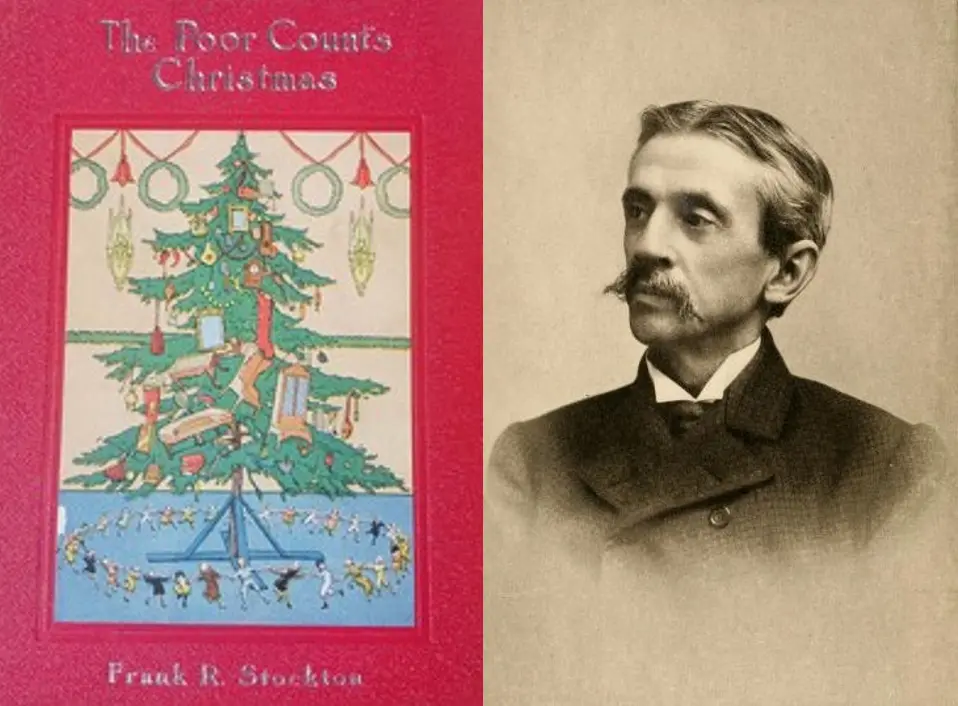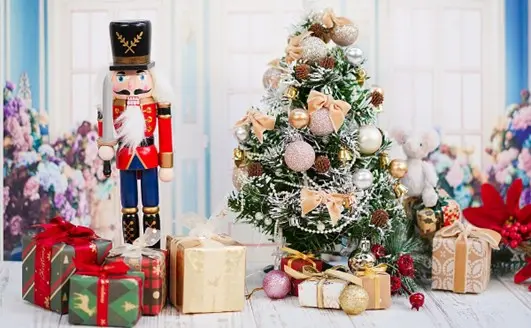In their fairy tale “The Frog-King,” Jacob and Wilhelm Grimm tell of a young princess who needs help, but who judges others on their outward appearances, rather than being grateful for the help they offer. This princess will soon learn that a true, kind heart can lie beneath a repulsive exterior.
The Golden Ball
The king’s youngest daughter is the most beautiful among her sisters. One of her favorite things to do, especially in hot weather, is to go into the nearby forest and spend time near the well. If she ever gets bored, she plays with her golden ball.Each time she throws it up in the air, she watches the golden ball rise and then fall. She finds so much satisfaction in throwing and catching it.






